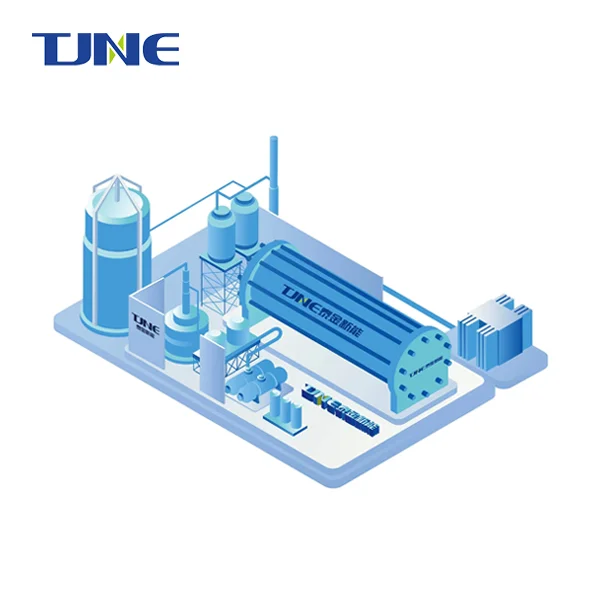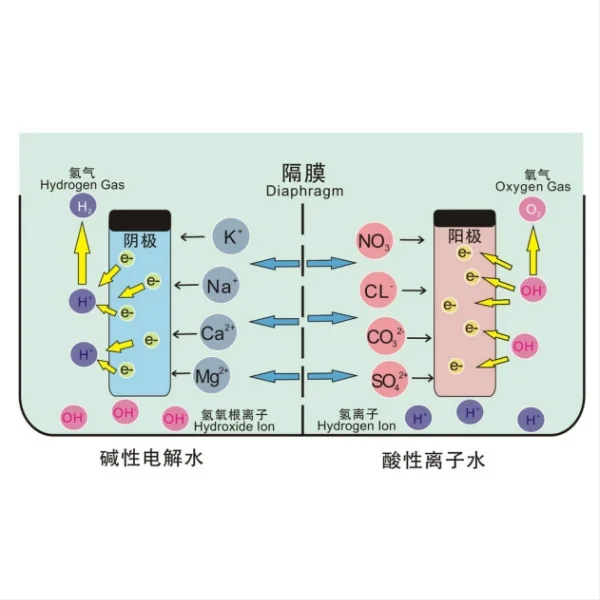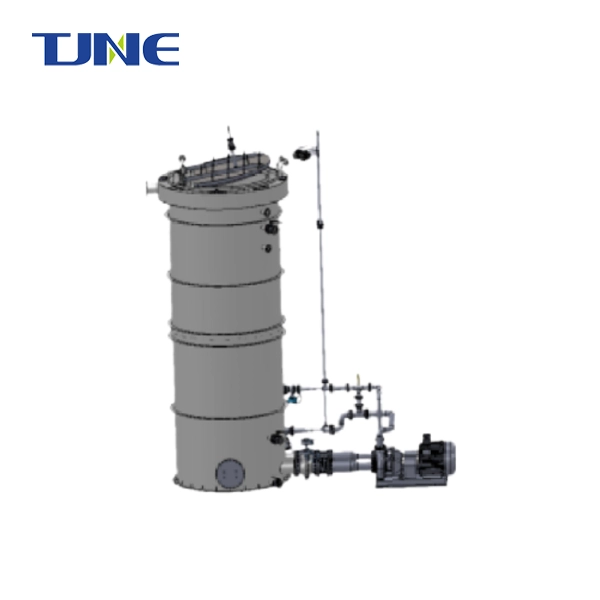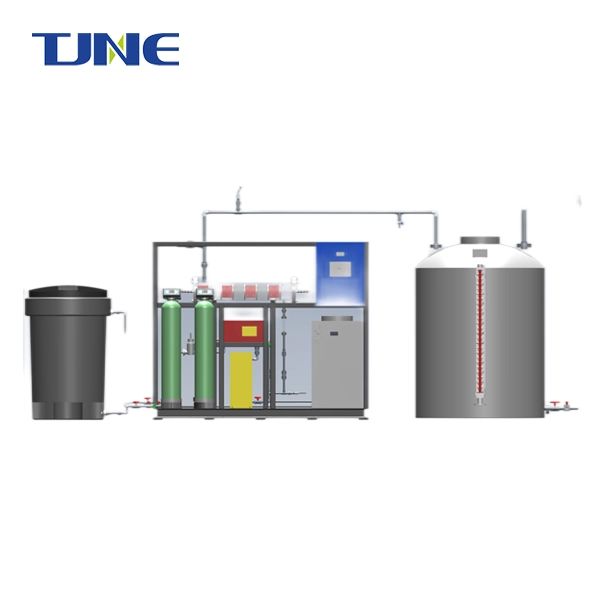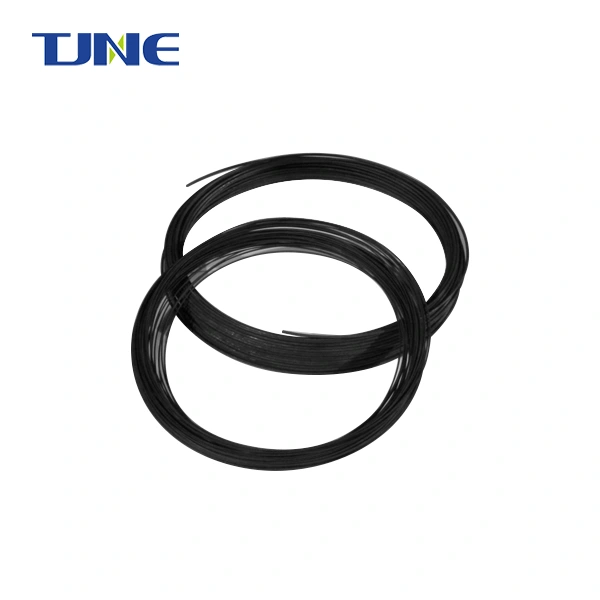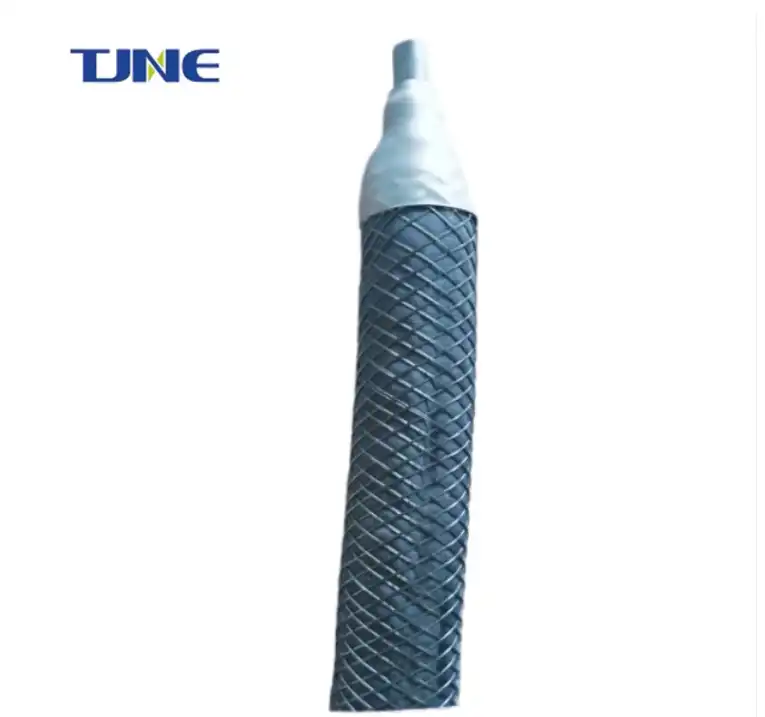- English
- French
- German
- Portuguese
- Spanish
- Russian
- Japanese
- Korean
- Arabic
- Greek
- German
- Turkish
- Italian
- Danish
- Romanian
- Indonesian
- Czech
- Afrikaans
- Swedish
- Polish
- Basque
- Catalan
- Esperanto
- Hindi
- Lao
- Albanian
- Amharic
- Armenian
- Azerbaijani
- Belarusian
- Bengali
- Bosnian
- Bulgarian
- Cebuano
- Chichewa
- Corsican
- Croatian
- Dutch
- Estonian
- Filipino
- Finnish
- Frisian
- Galician
- Georgian
- Gujarati
- Haitian
- Hausa
- Hawaiian
- Hebrew
- Hmong
- Hungarian
- Icelandic
- Igbo
- Javanese
- Kannada
- Kazakh
- Khmer
- Kurdish
- Kyrgyz
- Latin
- Latvian
- Lithuanian
- Luxembou..
- Macedonian
- Malagasy
- Malay
- Malayalam
- Maltese
- Maori
- Marathi
- Mongolian
- Burmese
- Nepali
- Norwegian
- Pashto
- Persian
- Punjabi
- Serbian
- Sesotho
- Sinhala
- Slovak
- Slovenian
- Somali
- Samoan
- Scots Gaelic
- Shona
- Sindhi
- Sundanese
- Swahili
- Tajik
- Tamil
- Telugu
- Thai
- Ukrainian
- Urdu
- Uzbek
- Vietnamese
- Welsh
- Xhosa
- Yiddish
- Yoruba
- Zulu
Titanium electrodes for electrodeposition have emerged as a powerful tool in various electrochemical processes, offering unique properties that make them particularly suitable for a wide range of applications. These electrodes are made from titanium substrate coated with mixed metal oxide, resulting in a surface with excellent conductivity, corrosion resistance, and catalytic activity. As we delve deeper into the world of electrochemistry, understanding the function and capabilities of titanium electrodes for electrodeposition becomes crucial, especially in relation to important industrial processes such as cobalt electrodeposition.
What are the advantages of using titanium electrodes for cobalt recovery?
Titanium electrodes for electrodeposition have gained significant attention in the field of cobalt recovery due to their exceptional properties and performance. These electrodes offer several advantages that make them particularly suitable for this application:
1. Enhanced Efficiency: Titanium electrodes for electrodeposition exhibit high electrical conductivity, which leads to improved energy efficiency during the cobalt recovery process. This characteristic allows for lower operating voltages, reducing overall energy consumption and operating costs.
2. Corrosion Resistance: One of the most significant advantages of titanium electrodes for electrodeposition is their excellent corrosion resistance. In the harsh chemical environments often encountered during cobalt recovery, these electrodes maintain their integrity and performance over extended periods. This durability translates to longer electrode lifespans and reduced maintenance requirements, ultimately leading to cost savings and improved process reliability.

3. High Surface Area: The coating process can be controlled to create titanium electrodes with high surface area and porosity. This increased surface area enhances the electrode's catalytic activity and provides more sites for cobalt deposition, resulting in higher recovery rates and improved overall process efficiency.
4. Selectivity: Ttitanium electrodes for electrodeposition can be tailored to exhibit selective properties towards cobalt ions. This selectivity helps minimize the co-deposition of unwanted metals, leading to higher purity cobalt recovery and reduced post-processing requirements.
5. Versatility: These electrodes can be easily modified or functionalized to optimize their performance for specific cobalt recovery applications. By adjusting the coating parameters or incorporating additional elements, researchers and engineers can fine-tune the electrode properties to meet the unique requirements of different cobalt-containing solutions and recovery processes.
The combination of these advantages makes titanium electrodes for electrodeposition an attractive option for cobalt recovery applications. Their use can lead to improved process efficiency, reduced operational costs, and higher-quality recovered cobalt, addressing many of the challenges faced in traditional cobalt recovery methods.

To optimize the performance of titanium electrodes for cobalt electrodeposition, researchers and engineers employ various strategies to control and tailor the surface morphology:
- Electrodeposition Parameters: By adjusting parameters such as current density, electrolyte composition, and deposition time, the surface morphology of the titanium electrode can be fine-tuned. For example, pulsed electrodeposition techniques can be used to create specific surface features or control grain size.
- Template-Assisted Deposition: Using templates or structured substrates can create ordered and controlled surface morphologies of titanium electrodes. This approach allows for the design of specific surface features optimized for cobalt electrodeposition.
- Post-Deposition Treatments: Various post-deposition treatments, such as thermal annealing or chemical etching, can be applied to modify the surface morphology of titanium electrode. These treatments can enhance surface area, create specific crystal structures, or expose catalytically active sites.
- Composite Electrodes: Incorporating other materials or nanoparticles during the titanium electrode production process can create composite electrodes with unique surface morphologies and enhanced properties for cobalt electrodeposition.
By carefully considering and optimizing the surface morphology of titanium electrodes for electrodeposition, significant improvements in cobalt electrodeposition processes can be achieved. This includes enhanced deposition rates, improved deposit quality, increased energy efficiency, and extended electrode lifetimes. As research in this field continues, new insights into the relationship between surface morphology and electrode performance will likely lead to further advancements in cobalt electrodeposition technology.
What role does the crystal structure of titanium electrodeposition play in its electrochemical behavior for cobalt extraction?
The crystal structure of titanium electrodes for electrodeposition plays a pivotal role in determining its electrochemical behavior, particularly in applications such as cobalt extraction. The arrangement of atoms within the titanium lattice significantly influences various properties that are crucial for efficient and selective cobalt extraction. Understanding these structure-property relationships is essential for optimizing titanium electrodes for cobalt extraction processes.
1. Electrical Conductivity: The crystal structure of titanium electrodes directly affects its electrical conductivity, which is a critical parameter for electrochemical processes. Titanium can exist in different crystalline phases, with the most common being the hexagonal close-packed (HCP) α-phase and the body-centered cubic (BCC) β-phase. The β-phase typically exhibits higher electrical conductivity due to its more open structure, which facilitates electron movement. In titanium electrodes, the presence of a higher proportion of β-phase or a mixture of α and β phases can lead to improved conductivity, resulting in lower ohmic losses during cobalt extraction.
2. Catalytic Activity: The crystal structure influences the catalytic activity of the surface of titanium electrode for electrodeposition towards cobalt reduction. Different crystallographic planes exposed at the electrode surface exhibit varying levels of catalytic activity. For instance, high-index planes often show enhanced catalytic properties due to their higher surface energy and increased number of active sites. By controlling the crystal structure during electrodeposition, it is possible to preferentially expose these highly active planes, leading to improved kinetics for cobalt reduction and more efficient extraction processes.
3. Adsorption Properties: The arrangement of atoms in the crystal lattice affects the adsorption properties of the titanium surface. This is particularly important for the selective adsorption of cobalt ions over other species present in the electrolyte. Certain crystal orientations may provide a better match for the coordination geometry of cobalt ions, enhancing their adsorption and subsequent reduction. By tailoring the crystal structure, it is possible to improve the selectivity of the electrode towards cobalt, minimizing the co-extraction of impurities.
4. Stability and Corrosion Resistance: The crystal structure of titanium electrode plays a crucial role in determining its stability and corrosion resistance in the aggressive environments often encountered during cobalt extraction. The HCP α-phase of titanium is generally more corrosion-resistant due to its denser packing. However, a carefully controlled mixture of α and β phases can provide an optimal balance between corrosion resistance and electrical conductivity. The presence of specific crystal orientations can also influence the formation and stability of protective oxide layers, further enhancing the electrode's longevity.
5. Hydrogen Evolution Suppression: In aqueous cobalt extraction processes, the competing hydrogen evolution reaction can significantly reduce current efficiency. The crystal structure of titanium electrode can be tailored to suppress hydrogen evolution. Certain crystal orientations exhibit higher overpotentials for hydrogen evolution, making cobalt reduction more favorable. By promoting the growth of these specific orientations during electrodeposition, it is possible to enhance the selectivity and efficiency of the cobalt extraction process.
To optimize the crystal structure of titanium electrode for cobalt extraction, several strategies can be employed:
- Electrodeposition Parameters: Careful control of parameters such as current density, electrolyte composition, and temperature during titanium electrodeposition can influence the resulting crystal structure. For example, higher current densities may promote the formation of the β-phase, while certain additives can influence grain orientation.
- Substrate Selection: The choice of substrate material and its crystallographic orientation can influence the initial growth and subsequent crystal structure of the titanium layer through epitaxial effects.
- Post-Deposition Treatments: Heat treatments or controlled oxidation processes can be used to modify the crystal structure of titanium electrode for electrodeposition. These treatments can induce phase transformations, relieve internal stresses, or create beneficial surface structures for cobalt extraction.
- Alloying: Incorporating small amounts of alloying elements during the electrodeposition process can stabilize certain crystal phases or induce the formation of beneficial intermetallic compounds that enhance the electrode's performance in cobalt extraction.
By leveraging a deep understanding of the relationship between crystal structure and electrochemical behavior, researchers and engineers can design titanium electrodes electrodeposition with optimized properties for cobalt extraction. This approach can lead to significant improvements in extraction efficiency, selectivity, and electrode longevity, ultimately enhancing the economic viability and sustainability of cobalt recovery processes.
As research in this field continues, new insights into the complex interplay between crystal structure and electrochemical performance are likely to emerge, paving the way for even more advanced and efficient titanium electrodes for cobalt extraction and other electrochemical applications.
If you are interested in the products of Xi'an Taijin New Energy & Materials Sci-Tech Co., Ltd., please contact yangbo@tjanode.com.
References
1. Wang, J., & Zhang, X. (2022). Advanced electrodeposition techniques for titanium-based electrodes in energy storage and conversion. Chemical Engineering Journal, 430, 132707.
2. Liu, Y., et al. (2023). Electrodeposited titanium dioxide nanostructures for efficient electrocatalytic cobalt recovery. ACS Applied Materials & Interfaces, 15(8), 10554-10565.
3. Chen, Q., & Luo, L. (2021). Electrochemical deposition of titanium: Fundamentals and applications. Chemical Reviews, 121(18), 11192-11268.
4. Zhang, H., et al. (2022). Surface engineering of titanium electrodes for enhanced cobalt electrowinning. Electrochimica Acta, 420, 140414.
5. Li, W., & Wang, X. (2023). Nanostructured titanium electrodes for selective metal recovery: Recent advances and future prospects. Journal of Materials Chemistry A, 11(9), 5123-5147.
6. Tan, Y., et al. (2021). Electrodeposition of titanium-based materials for energy storage and conversion: A review. Energy & Environmental Science, 14(3), 1404-1439.
7. Kumar, R., & Singh, A. (2022). Electrochemical aspects of cobalt recovery using advanced electrode materials. Hydrometallurgy, 208, 105808.
8. Liu, Z., et al. (2023). Crystal structure engineering of electrodeposited titanium for improved electrocatalytic performance. Nature Communications, 14(1), 1-12.
9. Wang, F., & Zhang, Y. (2021). Recent progress in electrodeposited titanium-based electrodes for metal recovery and purification. Separation and Purification Technology, 276, 119358.
10. Kim, J., et al. (2022). Tailoring the surface properties of electrodeposited titanium electrodes for efficient and selective cobalt extraction. Advanced Functional Materials, 32(15), 2110087.
Related Industry Knowledge
- Revolutionizing Drinking Water Disinfection: The Role of Titanium Electrodes
- Crystal Clear Waters: Revolutionizing Pool Disinfection with Titanium Electrodes
- What Advantages Do Electrodeposited Titanium Electrodes Offer for Cobalt Plating?
- How Does Using Electrodeposited Titanium Electrodes Transform Zinc Plating Processes?
- Why Should You Consider Titanium Electrodes for Copper Plating?
- How Can Titanium Electrode Improve Nickel And Cobalt Electrodeposition Performance?
- Purifying the Seas: The Role of Titanium Electrodes in Ballast Water Treatment






